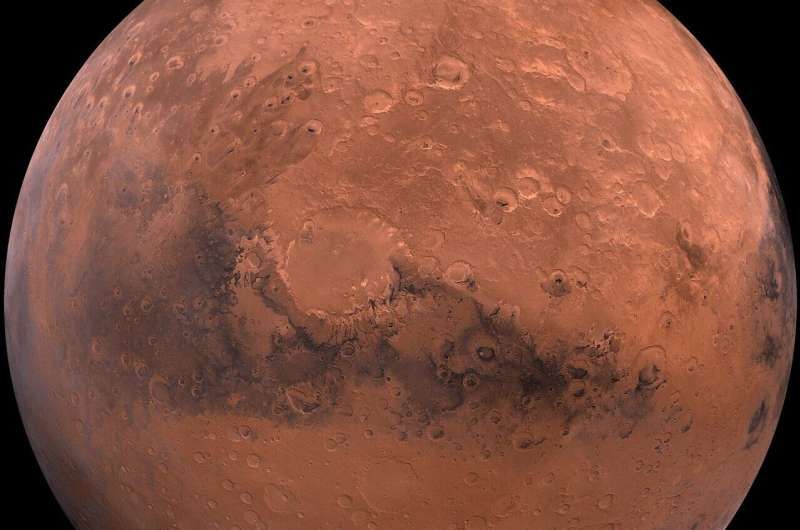Mars has an active volcanic zone 4,000 kilometers in diameter.
A study published in 'Nature' finds the phenomenon that could explain the 'marsquakes' detected to dateThis could find situating the red planet as the third geologically active celestial body in the Solar System, after Earth and Venus. For decades now, people have talked about Mars as a planet that millions of years ago was a veritable geological tinderbox. In its first 1,500 million years, great volcanic and tectonic activity took place on the red planet that ended up shaping the hostile world we know today. At present, Mars continues to vibrate based on earthquakes (or marsquakes, to be more exact)…




